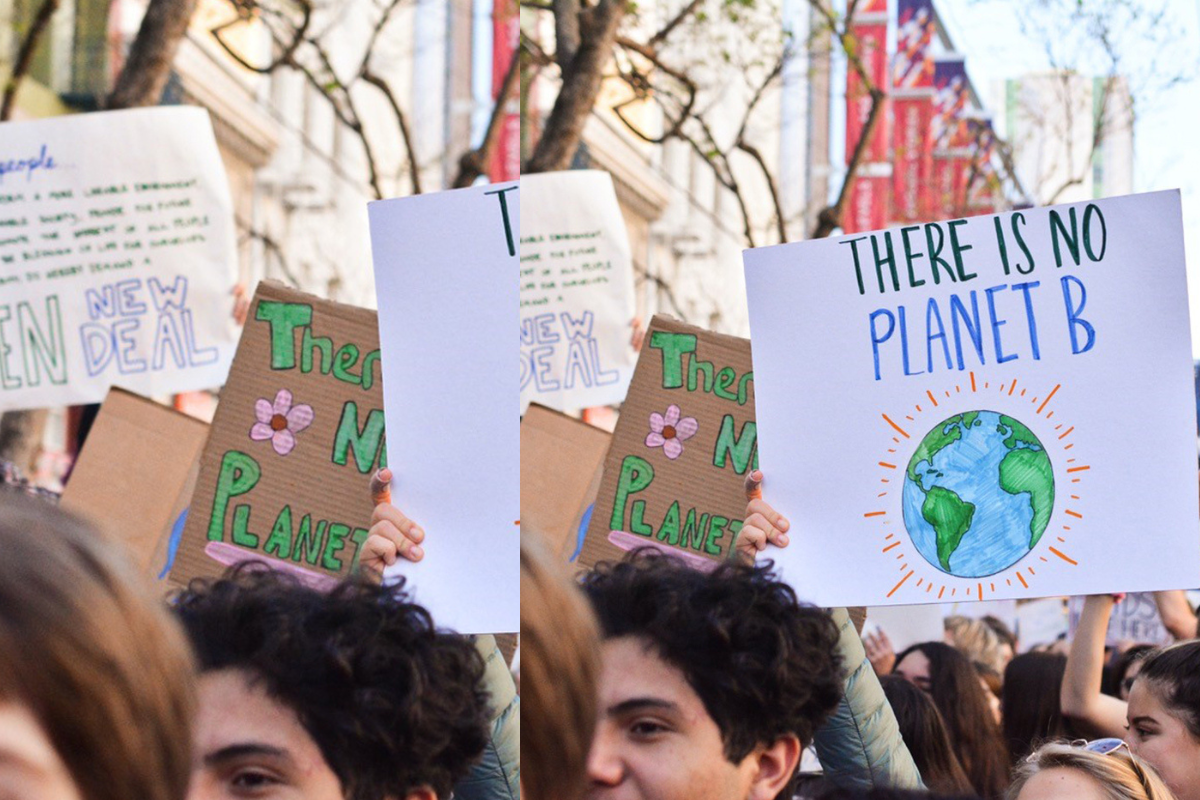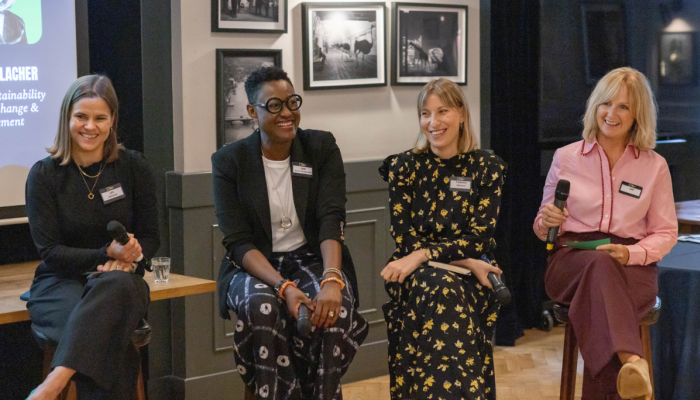The sixth and most recent Intergovernmental Panel on Climate Change report alarmingly concluded that while there are “multiple, feasible and effective options” to reduce global emissions, the world is currently well off-track and to hammer the message home the UN General Secretary Antonio Gutierrez declared, “Our world needs climate action, on all fronts. Everything, everywhere, all at once”.
Strong words indeed, but while overall responsibility for action has to be taken at a governmental level, consumers and businesses also have a big part to play in helping reduce global warming.
Here are five ways that marketers can heed the words of Gutierrez and actively help the world move faster.
“We are on a highway to climate hell with our foot on the accelerator.”
Make the tangible intangible to connect with consumers in a powerful, emotional way that they will understand.
Climate change presents specific challenges to marketers and to marketing communication. It’s abstract - you can’t see the responsible gases and you can’t picture 421 parts per million CO2. It’s often distant and it’s counterintuitive - a three-degree rise on an average day might be negligible or even welcome, but as a planetary average it’s devastating.
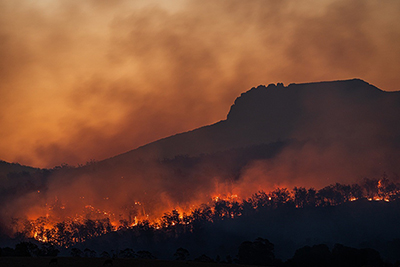
Marketers looking to take on the climate change challenge in their communications, need to paint vivid relatable images of the situation we face. Make the complex simple and the abstract tangible. Capturing the urgency of the situation is critical. It’s at the heart of sales - urgency and scarcity are the two levers that can move people to ‘buy now’. There are some great examples of brands getting this right. Ben & Jerry’s visualised the shrinking ice caps as melting ice cream, and Apple made its simple climate change promise to a baby.
The truly dangerous radicals are those that increase fossil fuel production
Be unapologetic in the face of pushback
This is a fight, an argument that needs to be won. And this is as it should be in a democracy. Engaging with different voices is part of getting to the best solution, and there is never change without pushback. If your brand is set on making a better world, you’re going to have to challenge the status quo. Double down and push back. Identify the cost of not changing and stay true to your cause.
Marketers must expect some resistance. The key here is to know how to stand your ground, as Mars CEO Poul Weihrauch did recently when, in the face of anti-ESG sentiment in the US, he said publicly that purpose and profit are not enemies and dismissed politicised discussions about purpose as “nonsense”. So, go on the offensive as Gutierrez has and make the absurdity of your opponent’s position clear to all those watching.
Humanity has a choice, cooperate or perish
Offer consumers meaningful choices and help them understand the impact of the decisions they make.
The choices we make can contribute to action on climate change. According to the IPCC report, up to 5% of all demand-side carbon emission reductions lie in the hands of individuals, and most of what’s left is in the gift of the companies they choose to work for or the governments they choose to vote for. And surveys indicate that the public are willing to play an active role in change - a recent report from McKinsey said that 60% of consumers would pay more for a product with sustainable packaging.
So the challenge for marketers is to help consumers make the right choice by setting out the facts clearly, and where possible offer comparisons. Make climate change a reason to believe and a reason to choose your brand or your business. Link that choice to what you stand for – an expression of your purpose or values that prompts an emotional response to buy. Fashion brand Asket is doing this with its Full Transparency commitment: “Every cent, every ounce of CO2, every process accounted for”.
Making peace with nature is the defining task of the 21st Century
Paint a vision and take people on a journey
No brand is perfect, so how do you talk about your progress without greenwashing? Have a clear sense of where you're headed, a vision for the better world you want to create and an understanding of why it matters that you get there. The trick here is to have something to run towards, not just something to run away from. Vision statements can be fairly flat and generic, but their role is to create something worth striving for. What does it feel like, what does it look like when we get to where we’re going? When that’s understood the big heavy task of change will feel worthwhile. CO2-absorbing alternative to concrete Partana has set out a clear vision with its commitment to ‘Build a world that breathes’.
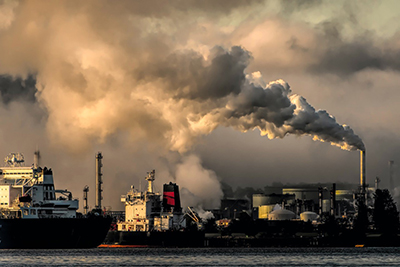
Ask your sustainability team how they are feeling today
Focus on the emotional hooks to engage your audiences
Sustainability teams spend a lot of their time making rational choices about where to best spend resource. Get past their rational analysis and you’ll find the emotional hooks to engage your audiences with. Marketers know that if they want to tap into the spirit of the moment, they need to talk to their audiences. With the sustainability team, you have your own mini focus group in house. Chances are there’s no one more connected to the highs and lows of trying to change the world. And more companies today – Bayer, VW, Nestlé, Unilever for example - also have sustainability advisory councils, which can provide greater insights into how best to connect emotionally with consumers on this complex and abstract issue.
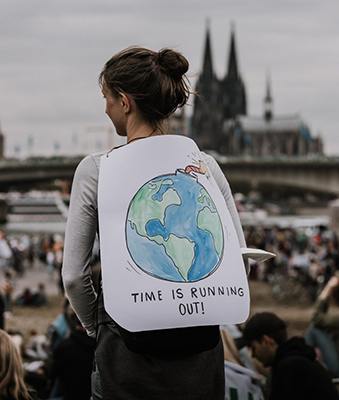
The IPCC’s report should be seen as a rallying cry for everybody – governments, corporates and citizens alike - to step up and play their parts in tackling climate change. Through their trusted relationships with large audiences, brands have a fantastic opportunity to help the world move faster. Paint a clear and simple vision, focus on the emotional hooks, take people on your journey and help them to make meaningful choices.
Alex Lewis is co-founder of and Strategy lead at Revolt. He co-founded Revolt in 2017 in response to his belief in brands using ethics, value and voice to genuinely enact change. Read more of his think pieces here.
